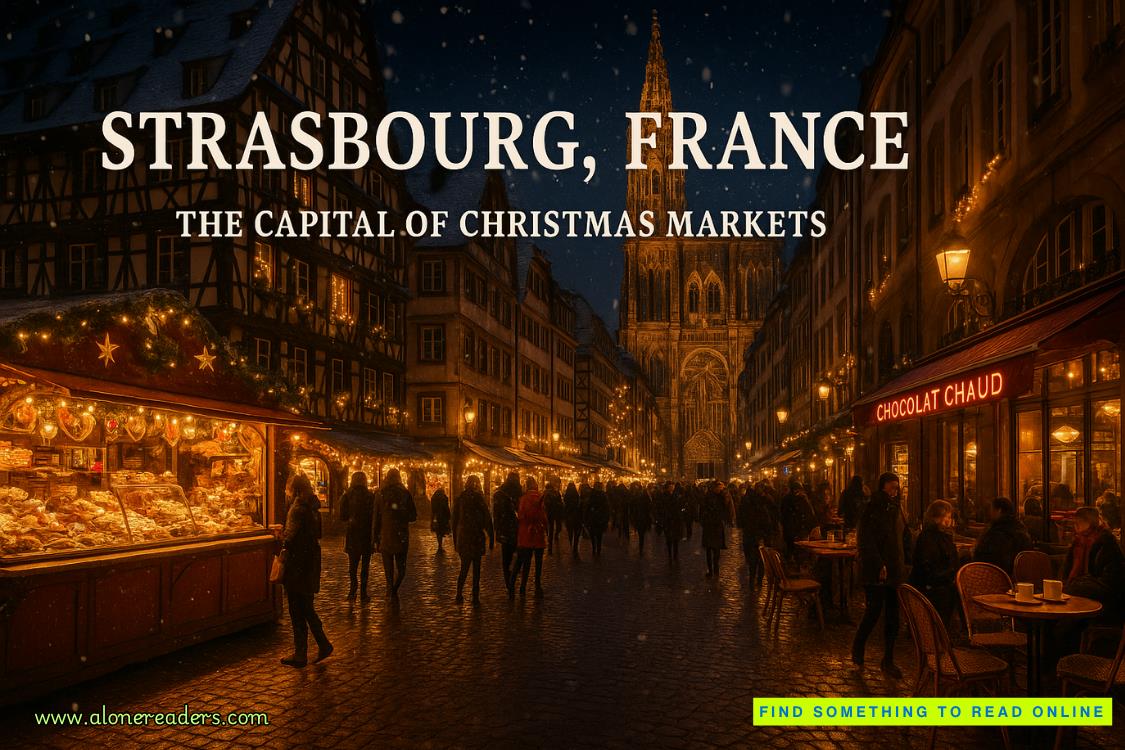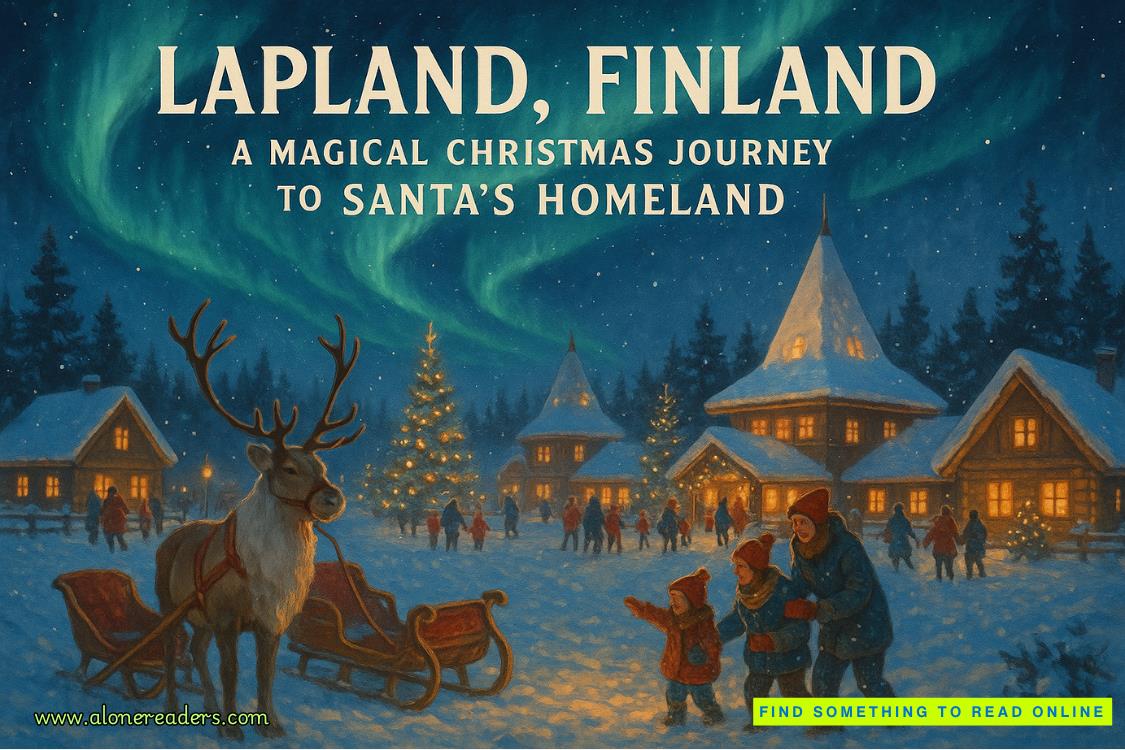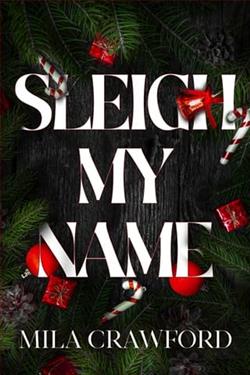Page 46 of The Doomsday Key (Sigma Force 6)
As they reached the dark ring, Gray flashed his light toward the nearest stone. Cleared of moss and lichen, there was no doubt it was man-made. Crude petroglyphs had been etched into the side facing Gray. The carvings covered the entire exposed surface—but it was all the same motif.
“Spirals,” Gray mumbled, drawing Rachel’s attention.
She joined him, as did Wallace.
“A very common pagan symbol,” the professor said. “Representing the soul’s journey. This example is almost an exact replica of stone markings found at Newgrange, a pre-Celtic tomb complex in Ireland. Newgrange was dated to around 3200 B.C., about the same age as this ring, suggesting they were likely built by the same tribe of people.”
“The Druids?” Kowalski asked.
Wallace scowled. “Och, where did you learn your history, young man? Druids were Celtic tribal priests. They didn’t come onto the stage for another three thousand years.” He waved an arm to encompass the Neolithic stone ring. “This is the handiwork of the earliest tribe to settle the British Isles, a people who were here long before the Celts and Druids.”
Kowalski merely shrugged, taking no offense at this slight to his knowledge.
Wallace sighed. “But I guess I understand how most people make that mistake. The Celts revered this lost people, believed them to be gods, even incorporated that culture into their own. They worshiped at these old sites, folded them into their mythology, believing the ancient stones to be the home of their gods. In fact, what’s considered to be high Celtic art today is based on these old pagan carvings. Ultimately, everything traces back to here.” Wallace pointed to the towering henge stones. “But the bigger question remains, who were these ancient ring-builders?”
Gray sensed Wallace’s excitement stoking higher. It looked like he had more to say, something that he was still holding back, ever the showman. But before he could continue, Rachel interrupted.
“You better see this.”
She had circled to the far side of the stone and stood within the ring. Her arm pointed to the surface of the stone on that side.
Gray and the others stepped over the survey strings to join her. He lifted his flashlight. There was only a single symbol carved into the rock on that side. Turning, he shone his light across to the other standing stones—twelve in total, he noted. Each was marked with the same symbol.
“The quartered circle,” Gray said.
Wallace nodded. “Now you know why I was so sure that the diary of that medieval scholar, Martin Borr, pointed straight here. The mark was drawn on his journal.”
Gray turned in a slow circle.
What did it all mean?
Facing the first stone again, Gray contemplated its significance. Spirals on one side, a pagan cross on the other. He realized it was the same pattern as the two symbols burned into the leather satchel: a spiral on one side, a cross on the other.
Gray faced Rachel. He read the same understanding in her eyes. He also knew what she was thinking. If they wanted answers, it was high time they came clean with Dr. Wallace Boyle.
8:42 P.M.
Wallace studied the artifact. He sat at a card table in one of the tent-cabins, the lantern at his elbow. Rachel sat next to him. She warmed her hands on a cup of tea. It was the last from Seichan’s thermos. She sipped it, appreciating the heat if not the slight bitterness. She would have preferred a dollop of cream with it, but the tea went a long way to chasing the last of the chill from her body.
The team had spent two hours out in the cold, taking pictures and measurements, recording everything here. But to what end?
Rachel stared across the table at Gray. As they had worked, Gray had grown more introspective. She knew him well enough to recognize when he was troubled, when he sensed he was missing something. She could read the calculations going on in his head, knew the primary question plaguing him.
What was so important about this site?
Seichan sat next to Gray. She had contributed little to the day’s work, as if she were leaving it up to them to solve this puzzle. Now they all waited for the professor’s assessment. A pair of bunkbeds filled the back half of the space. Kowalski lay sprawled on one of the bunks with an arm over his eyes, shielding them against the lamplight. Since his snores weren’t rattling the tent fabric, he must still be awake.
“I don’t know what to make of it,” Wallace finally said with a shake of his head. He held the leather satchel. He’d already examined the mummified finger. “I don’t know where Marco found this, nor why anyone would kill for it.”
“Then let’s go back to the beginning,” Gray said. “Why Father Giovanni first came here. What he hoped to gain from visiting this site.”
“It was the bodies,” Wallace mumbled, still fingering the satchel.
Rachel sat straighter. “Bodies? What bodies?”
Wallace finally placed the satchel down and leaned back in his chair. “What you have to understand is that for ages, peat bogs were revered by the ancient Celts and their Druids. They would bury or sink objects of worship into the bogs. Such places have proved to be archaeological treasure troves. Swords, crowns, jewels, pottery, even entire chariots. But human remains were also found here.”
The professor let that sink in as he stood and stepped over to a small camp stove, where he warmed his hands over a burning briquette of peat. He nodded down at the stove. “Peat was the source of life, so it had to be honored. And that honoring often came in the form of human sacrifice. The Celts would kill their victims and toss their bodies into the peat bogs to appease the gods.” He turned to face the table again. “And what goes into the peat ends up being preserved for the ages.”
“I don’t understand,” Rachel said.
Gray explained. “The acidic nature and lack of oxygen in the peat keep things from rotting.”
“Aye. Pots of butter have been found in bogs, a hundred years old. And the butter is still fresh and edible.”
Kowalski groaned in disgust and rolled to his side. “Remind me not to have toast at your house.”
Wallace ignored him. “In the same way, those sacrificed bodies were preserved. They’re known as ‘bog mummies.’ The most famous being Tollund Man, found in Denmark. He’s so well preserved that he looks as if he fell into the bog yesterday. Intact skin, organs, hair, eyelashes. Even his fingerprints can still be discerned. Examination revealed that he’d been ritually garroted. The knotted rope was still around his neck. And we know it was the Druids who killed him, as the man’s stomach was filled with mistletoe, a plant sacred to the Celtic priests.”















